What Remains
20th June - 7th September 2021

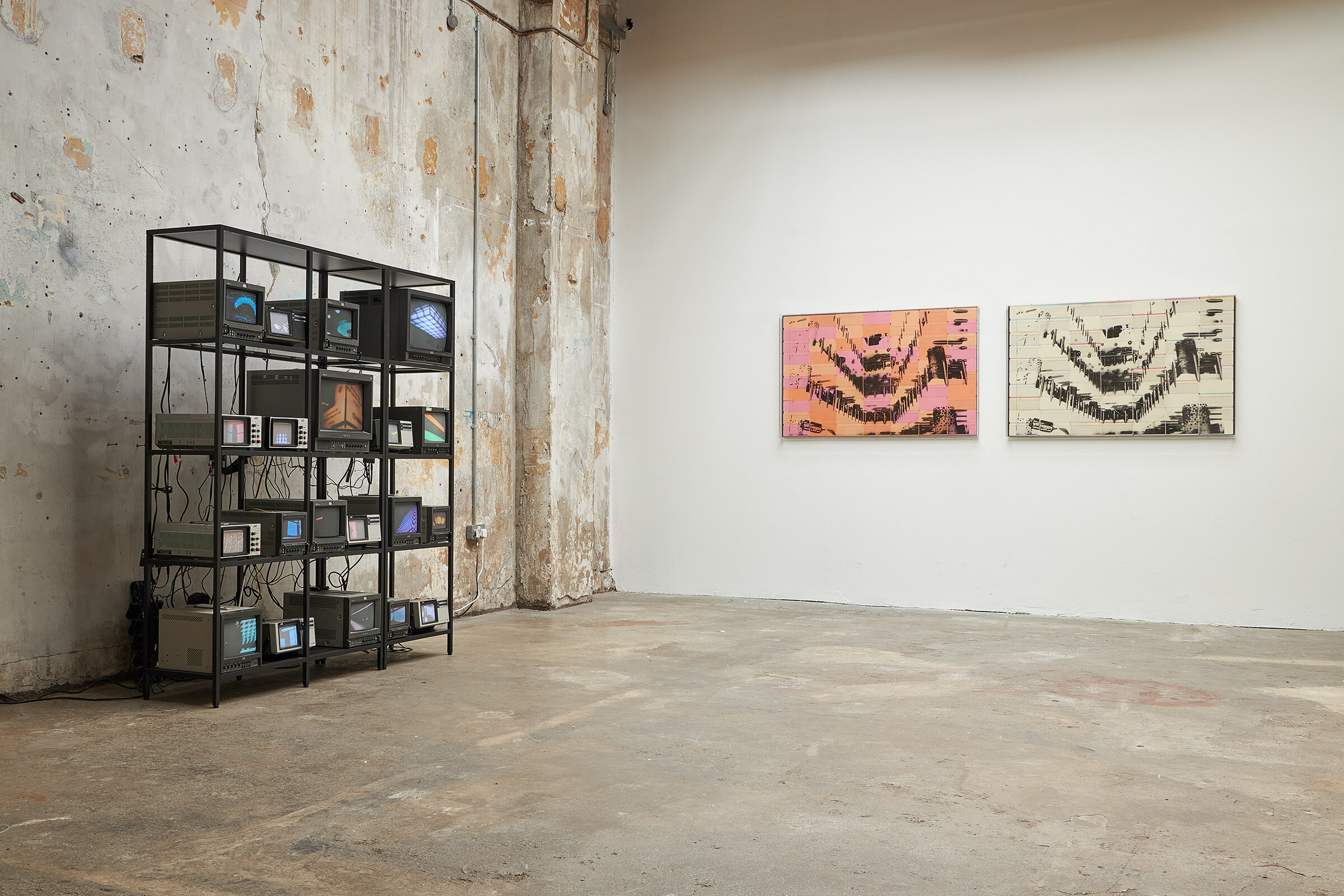
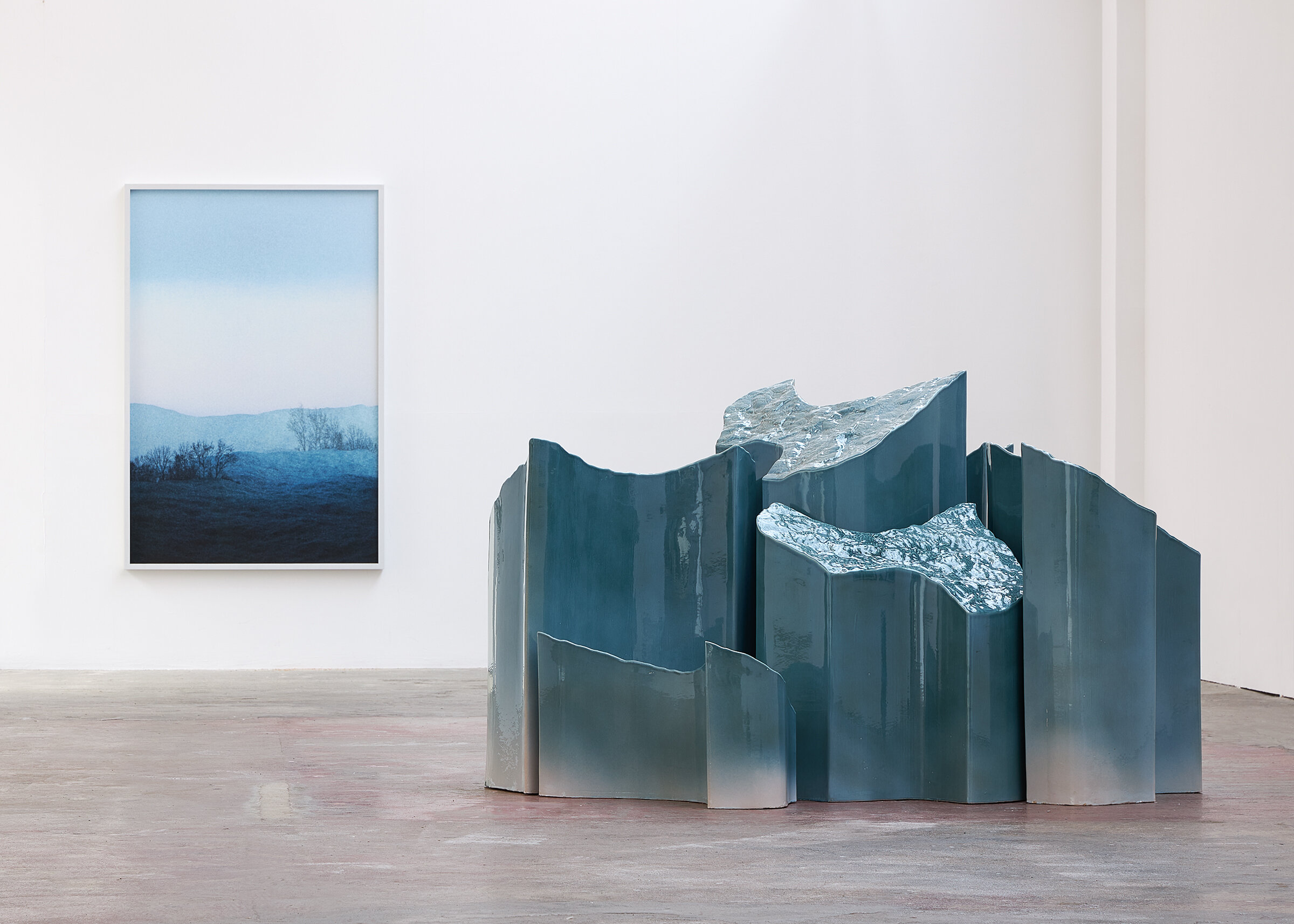

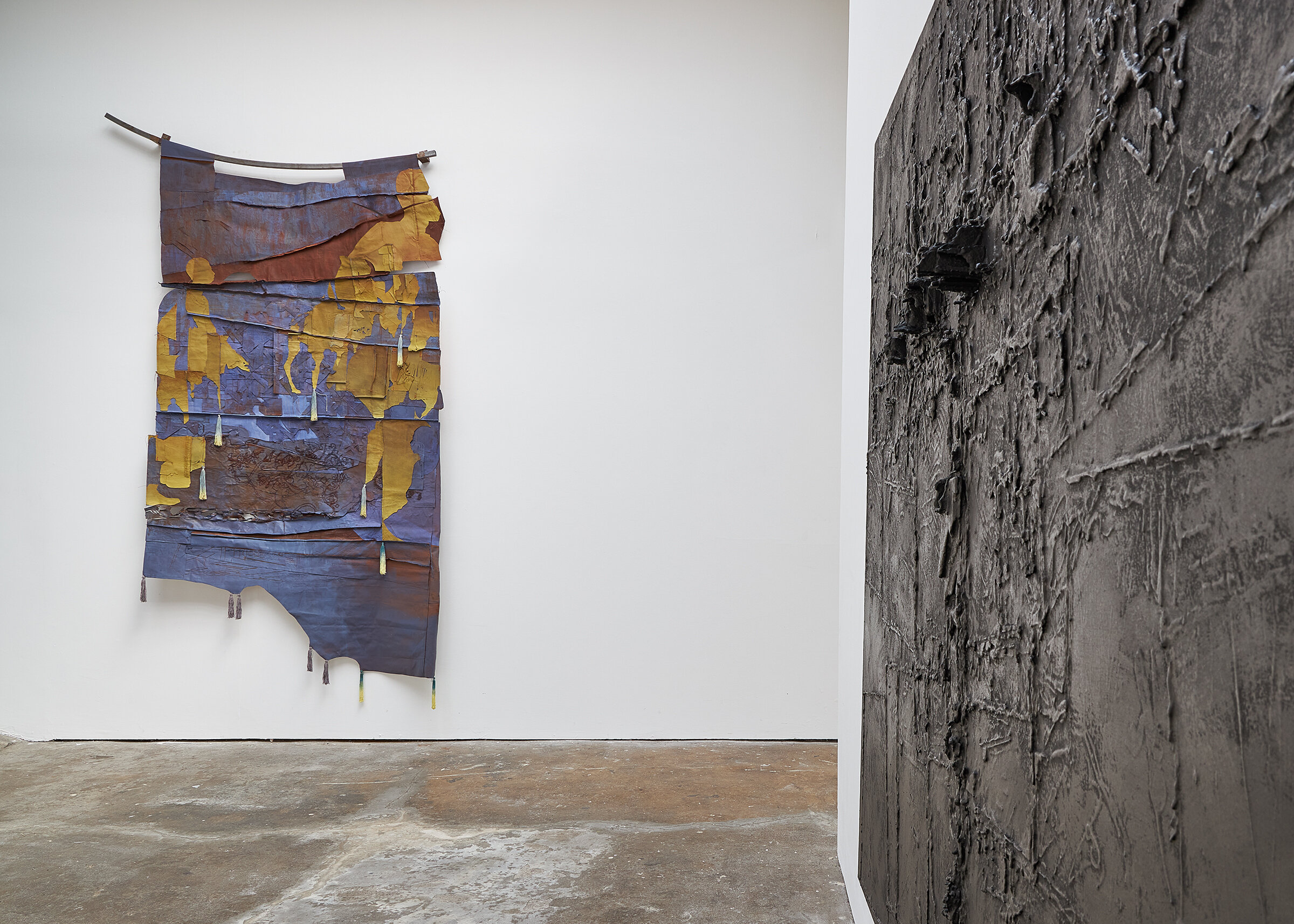
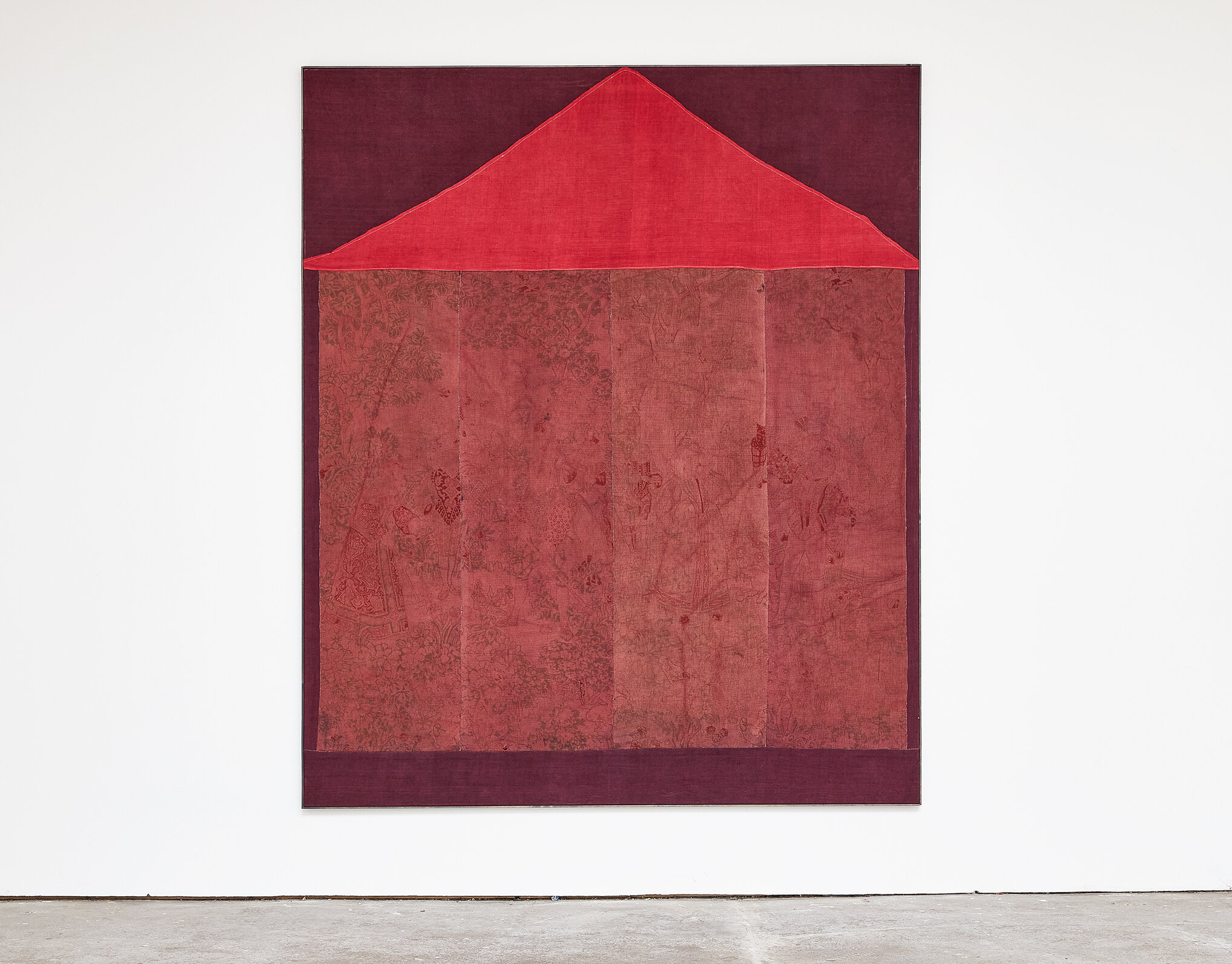

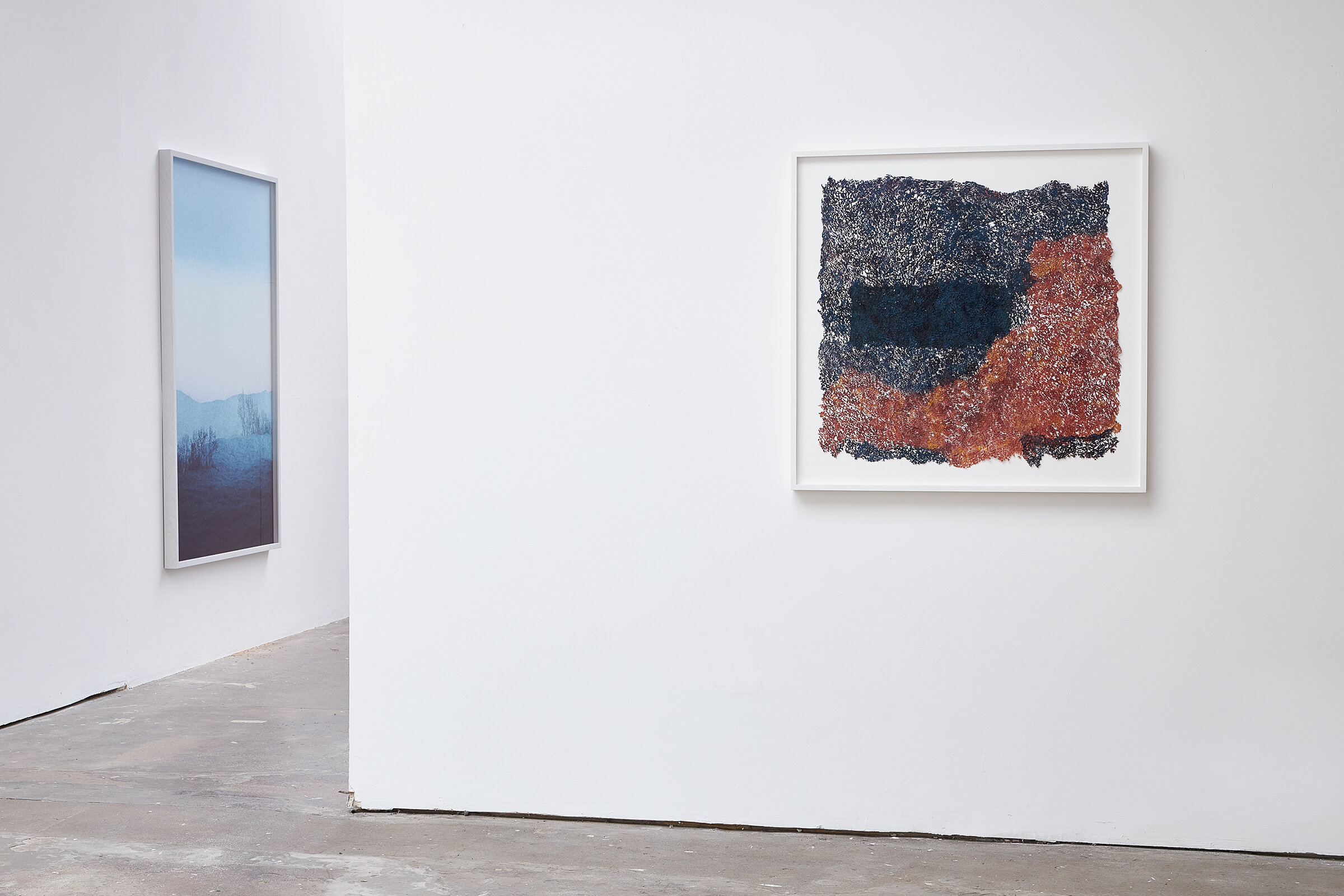

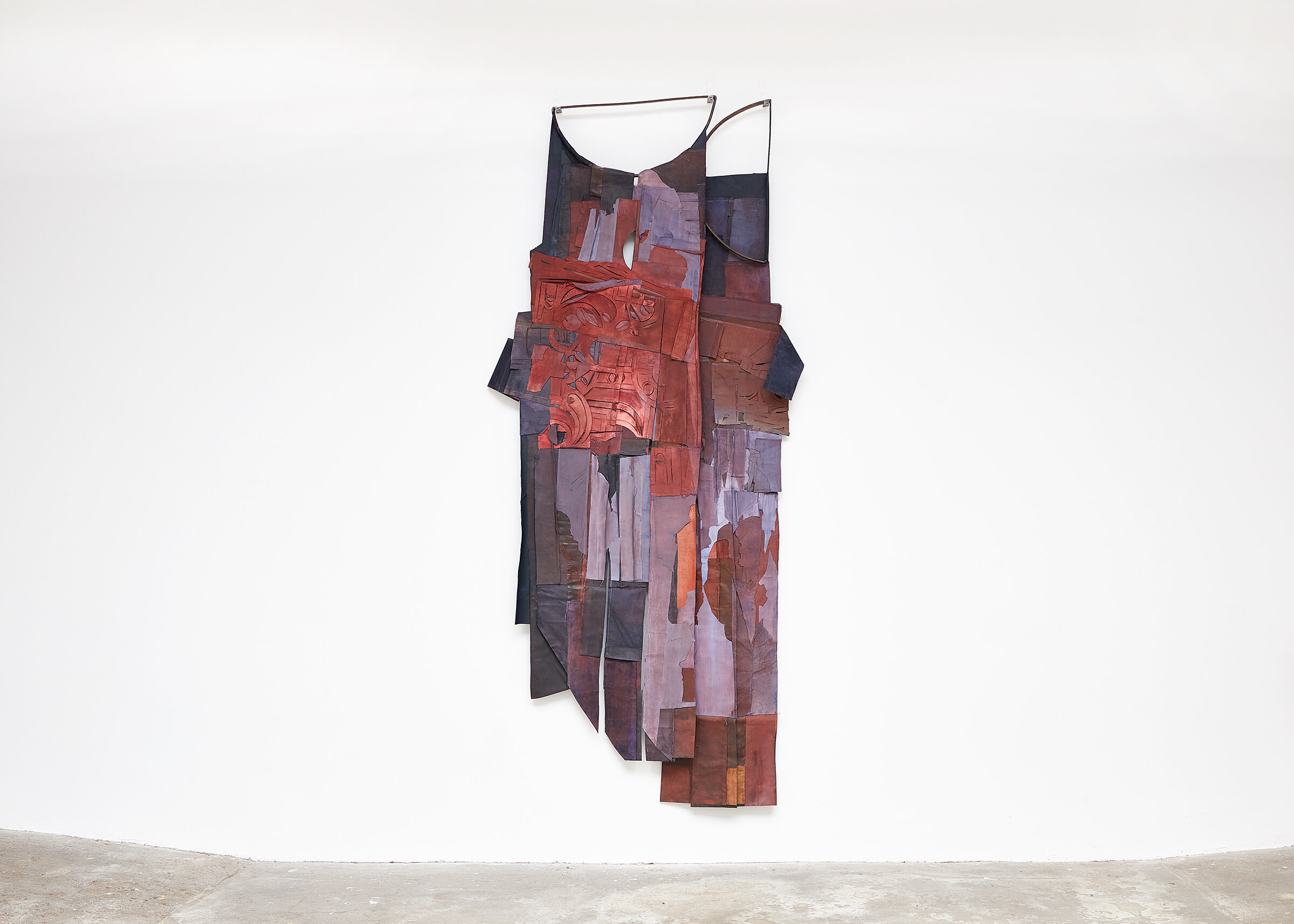


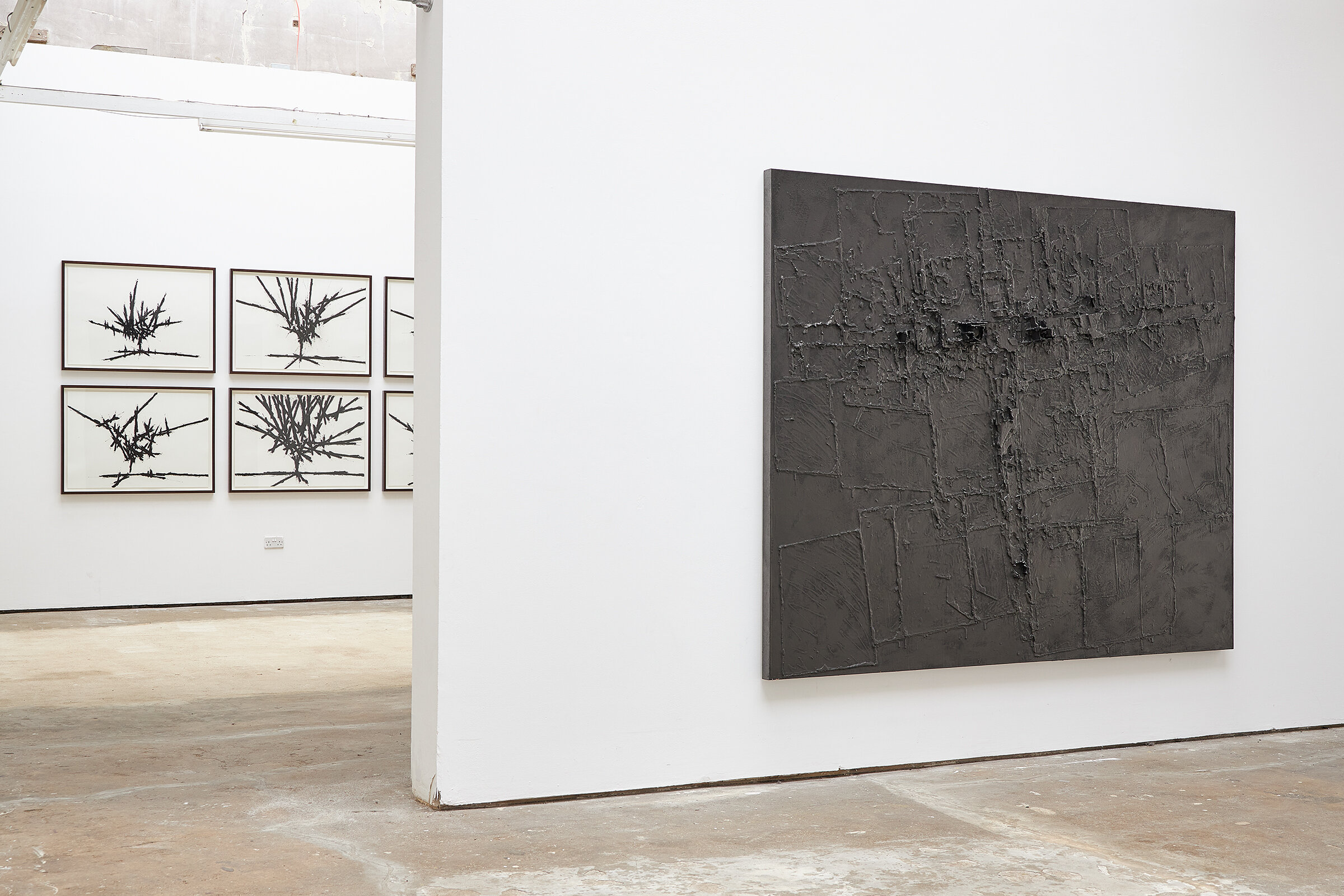
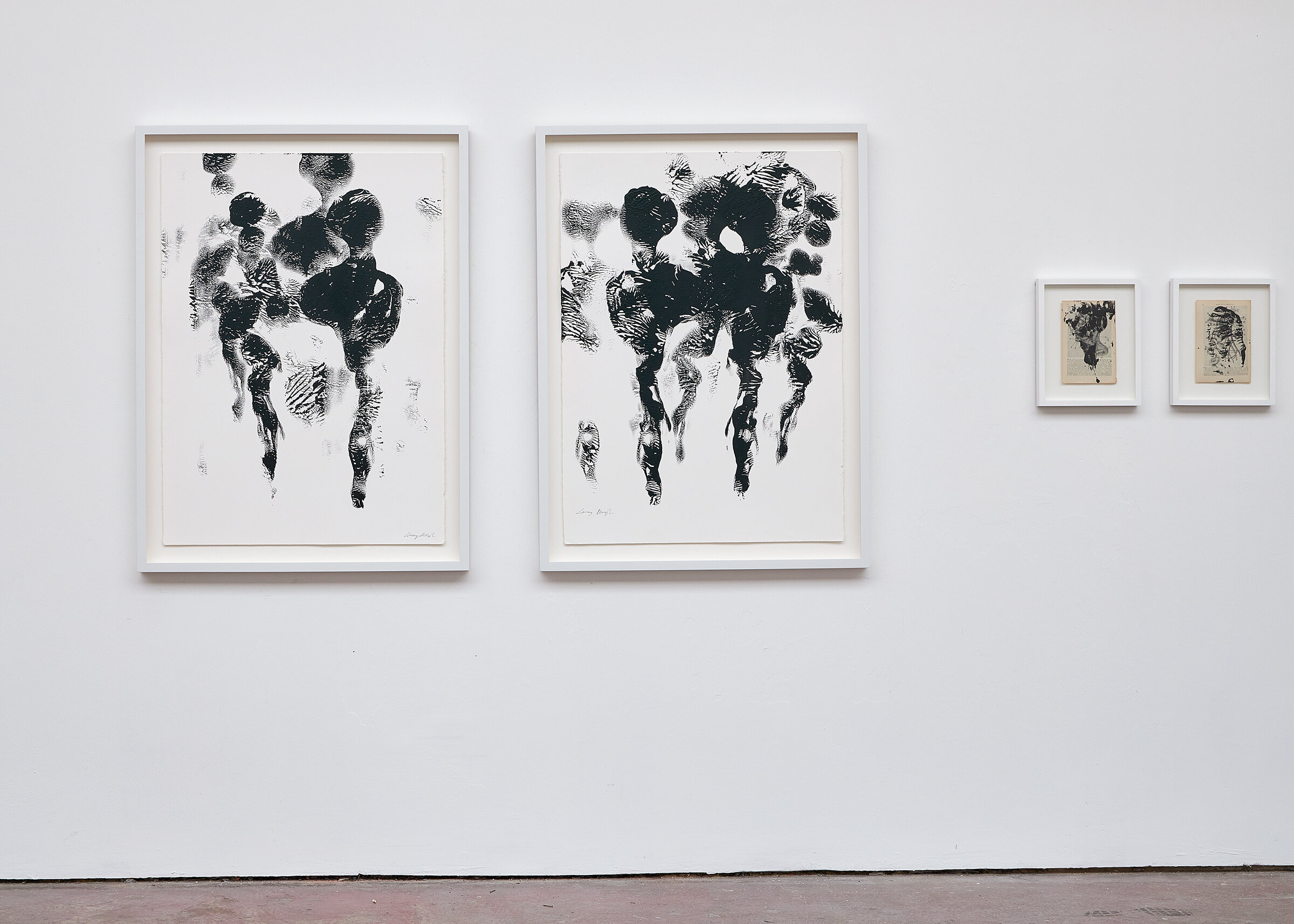
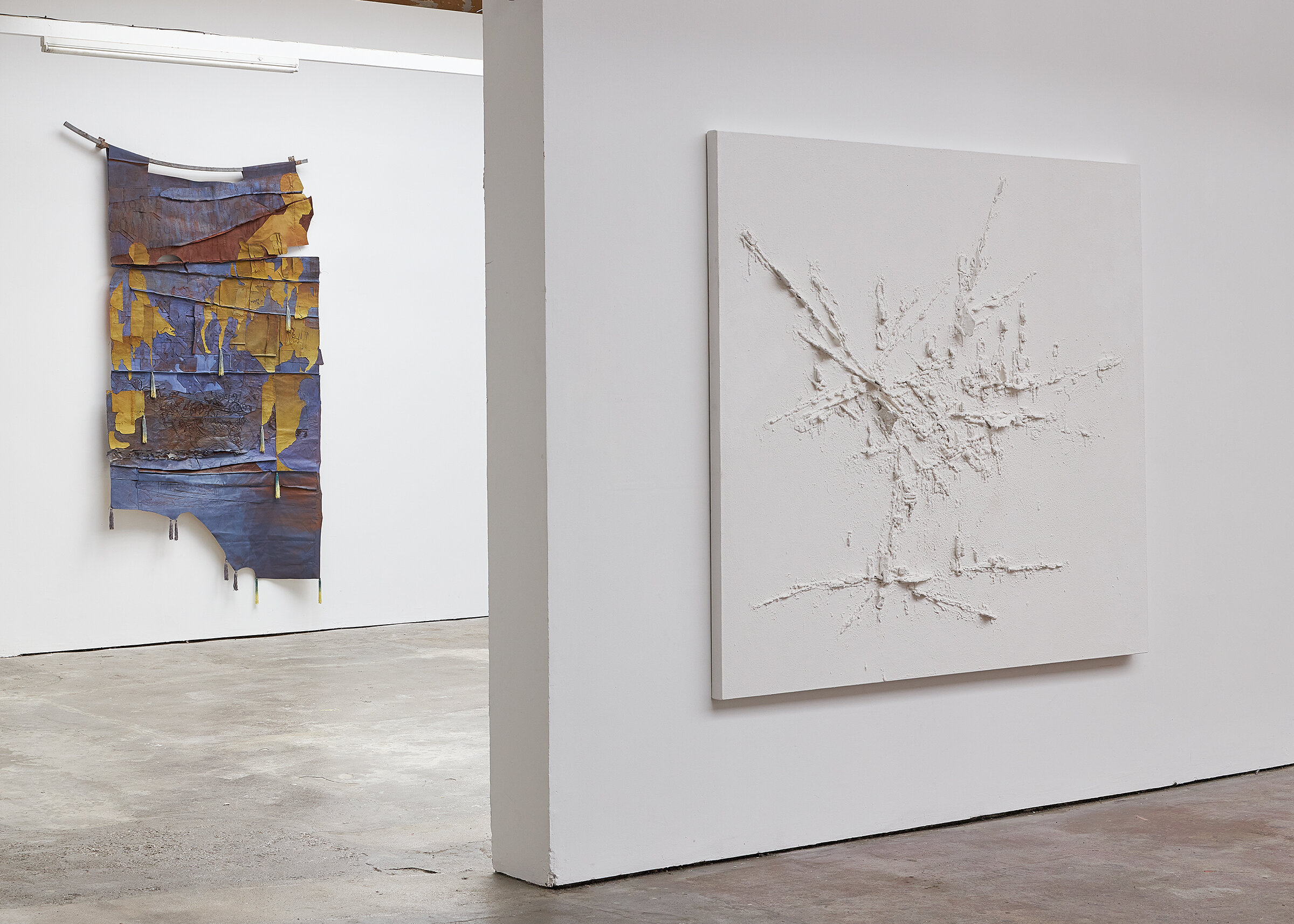
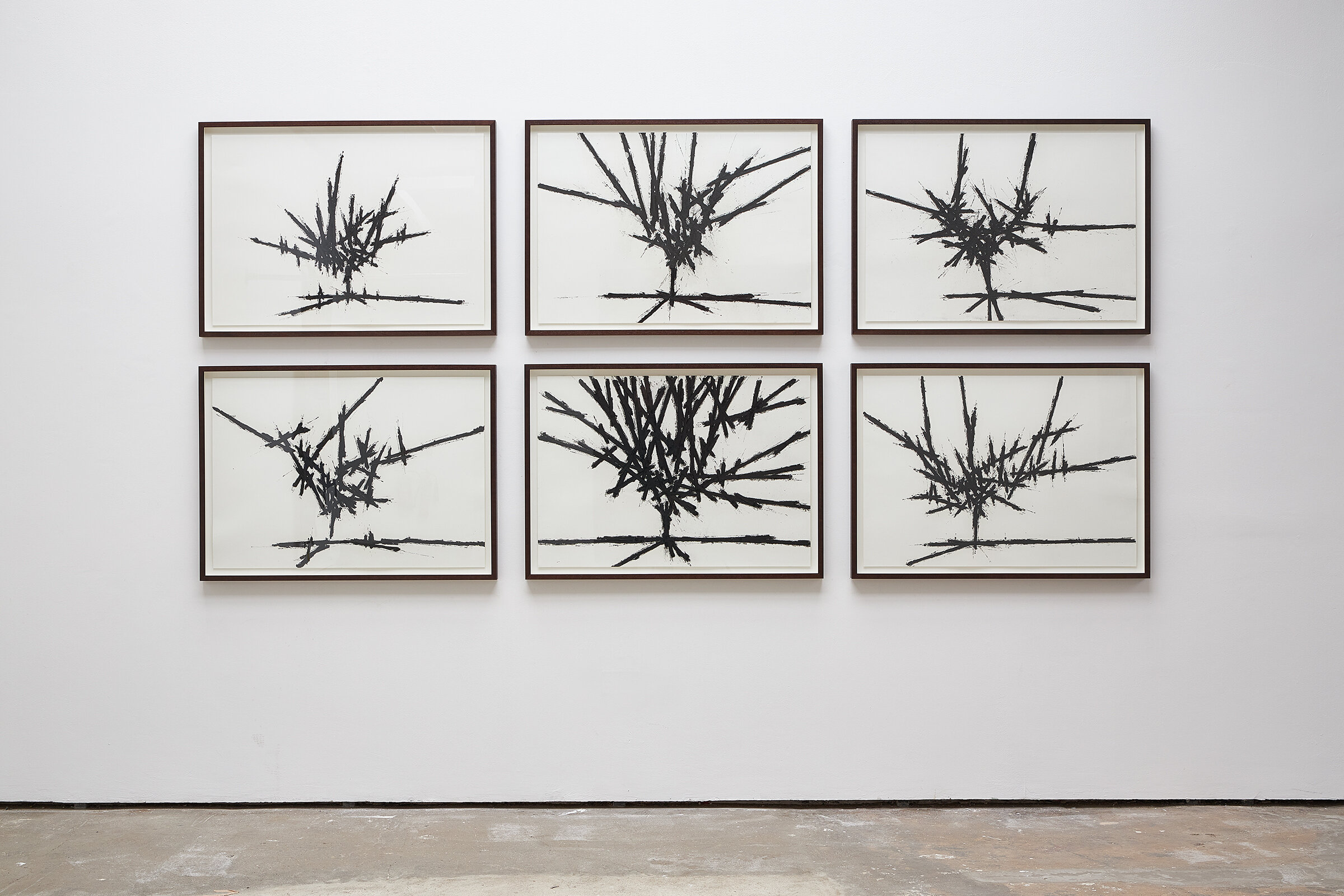

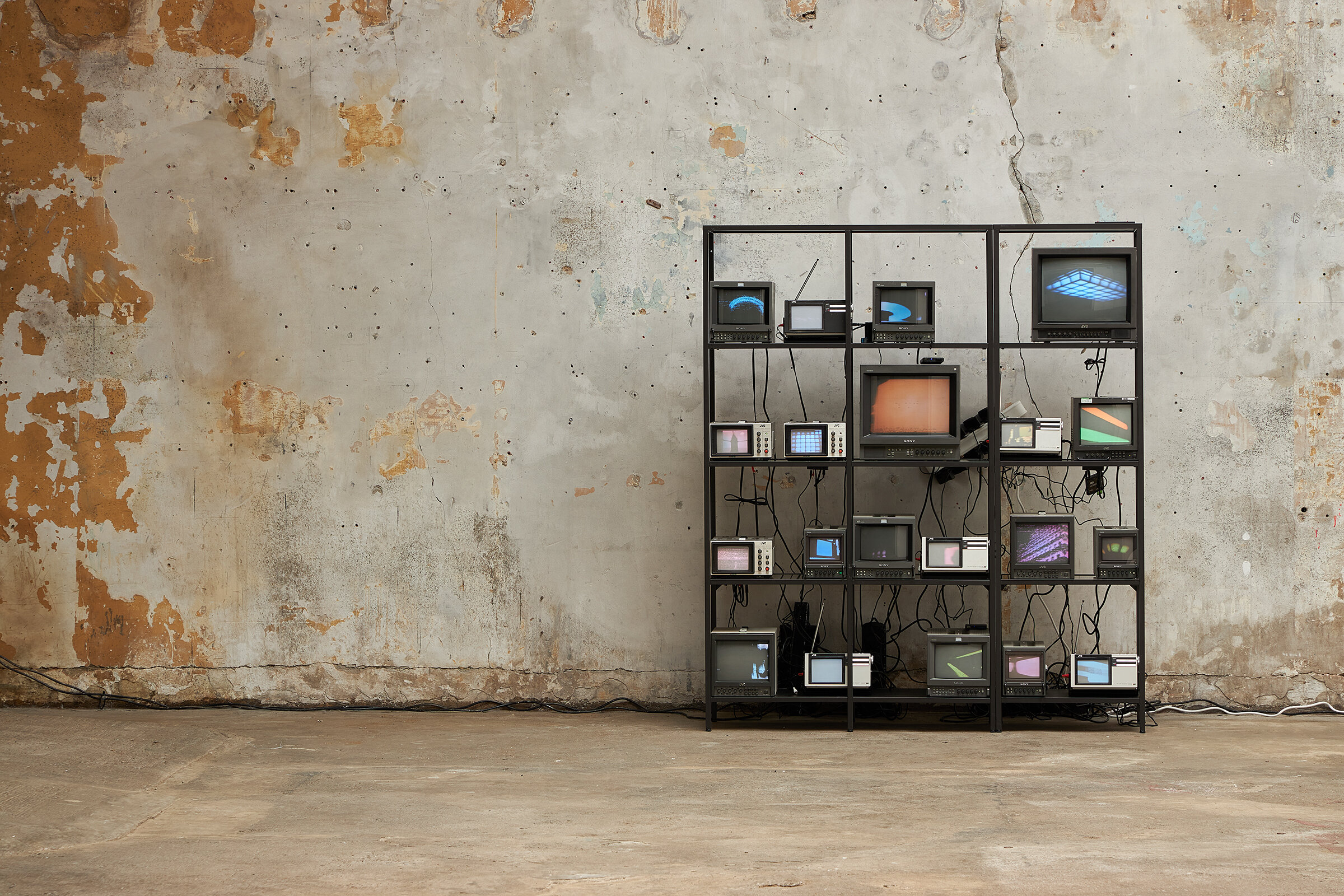
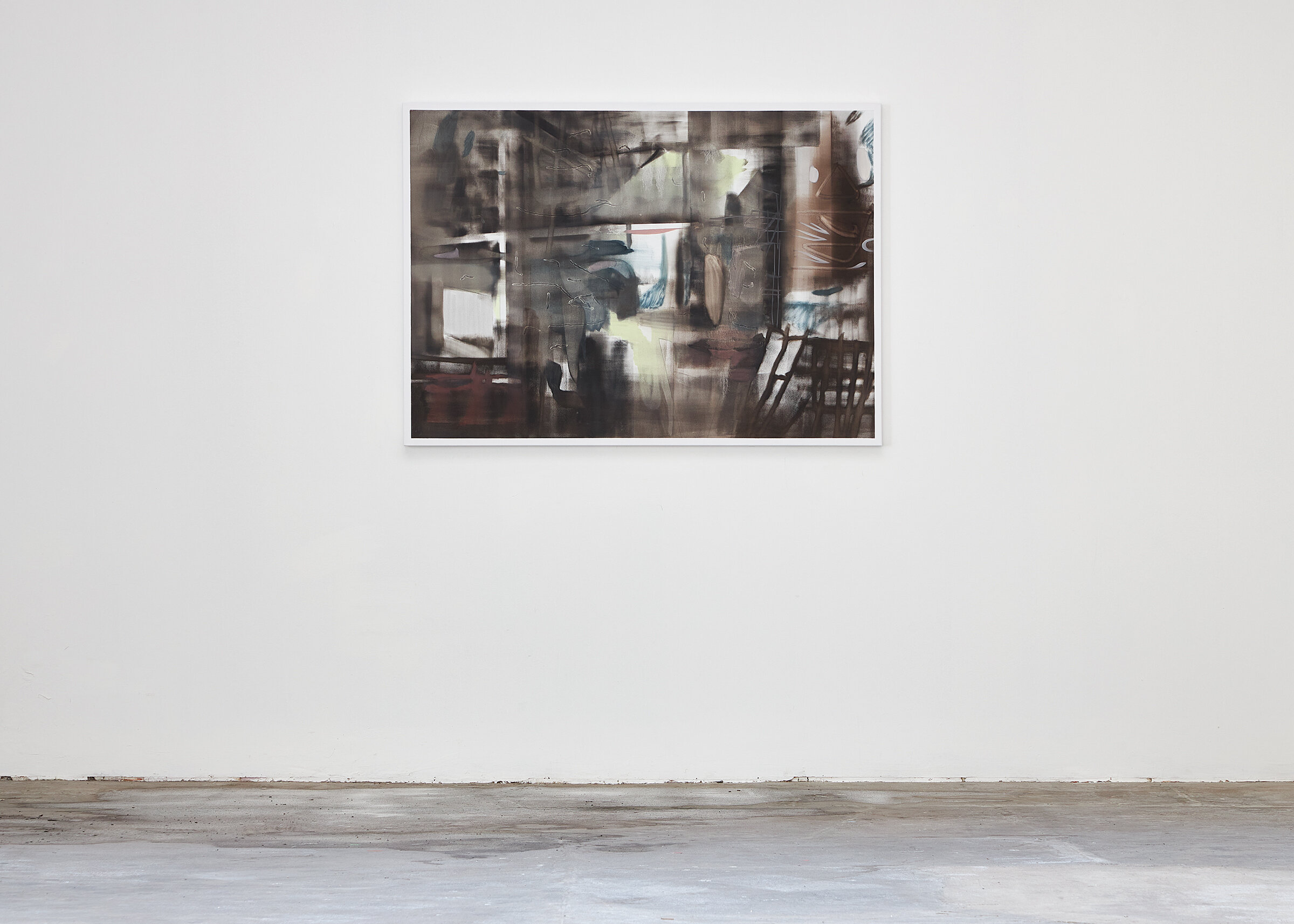

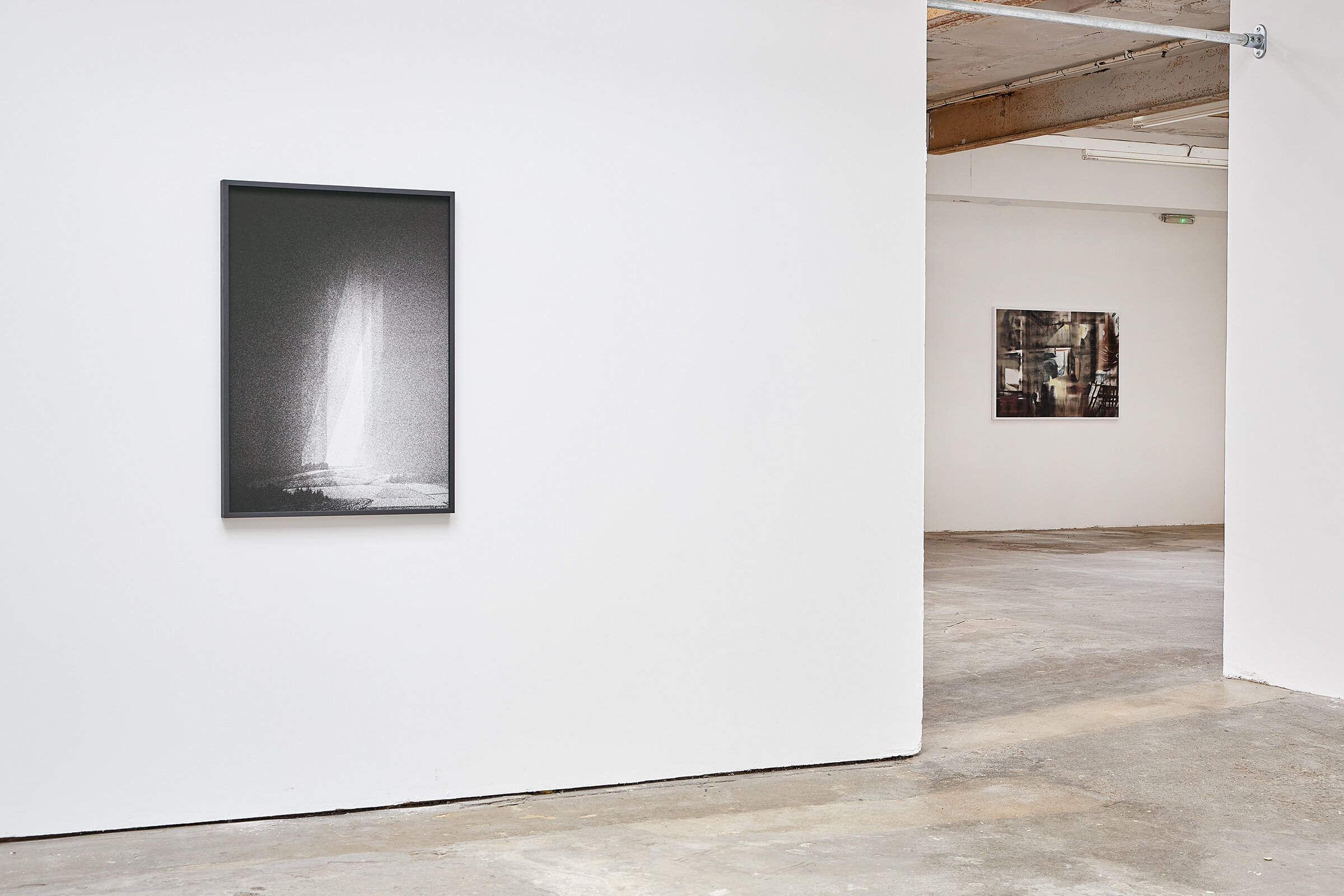
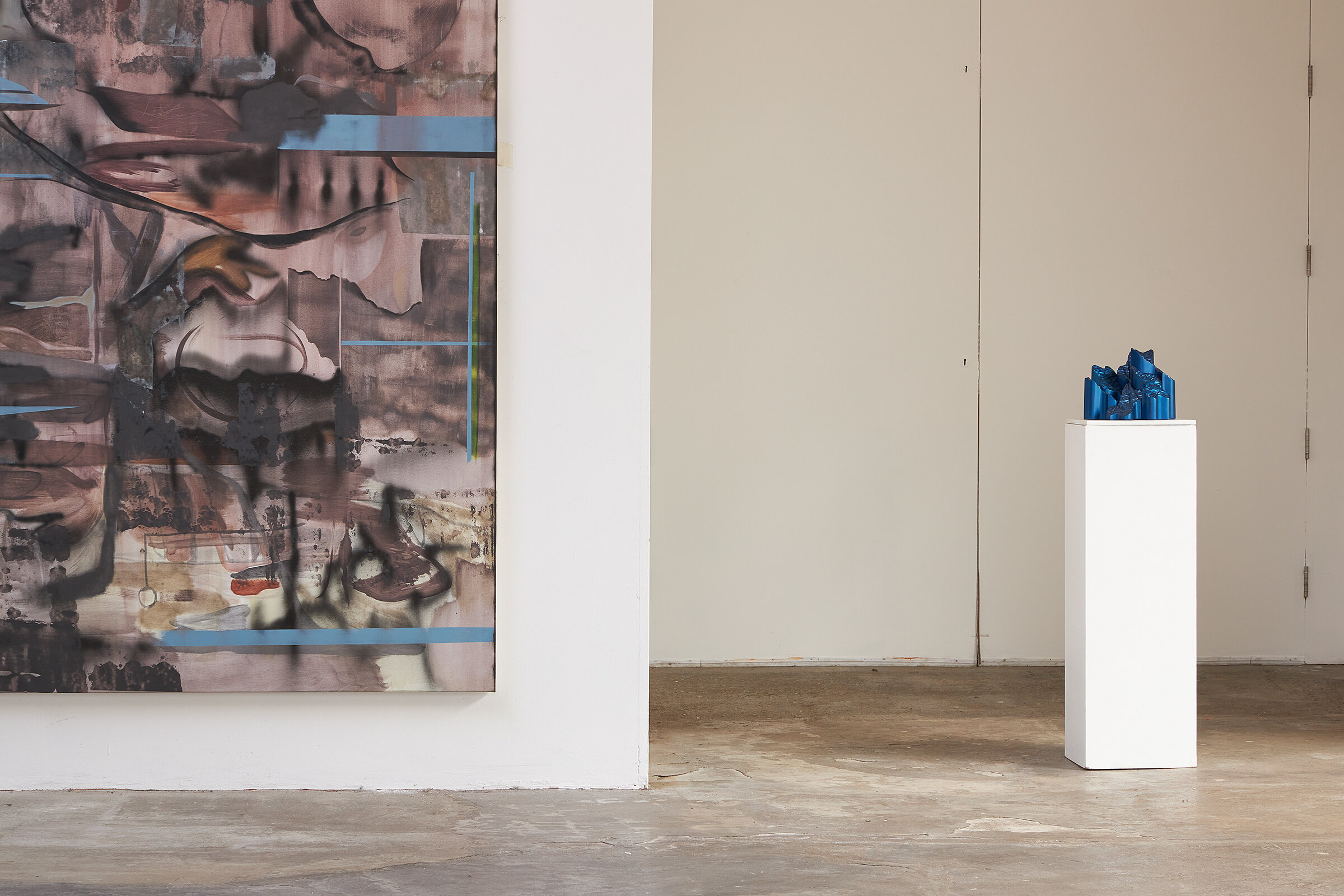

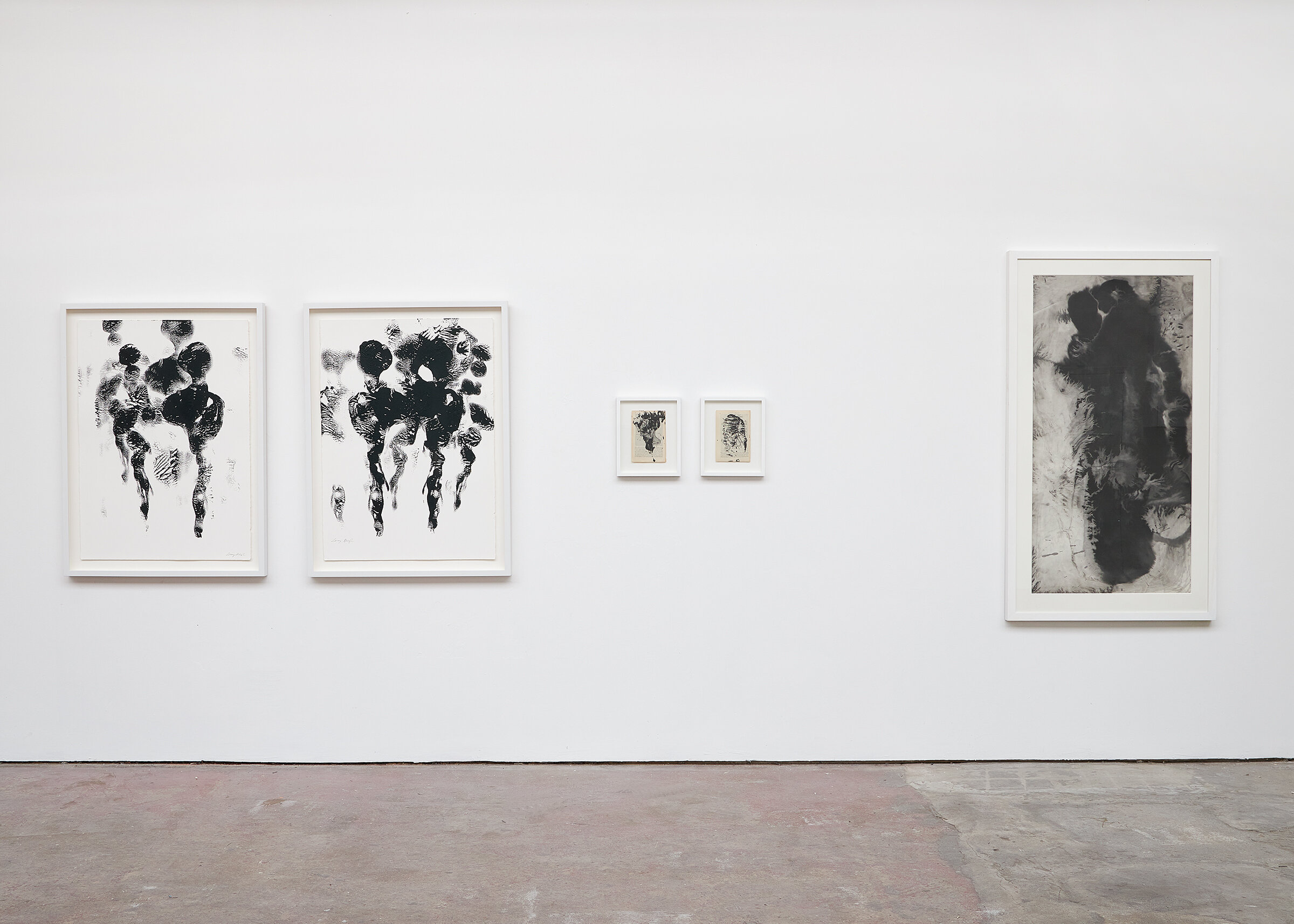
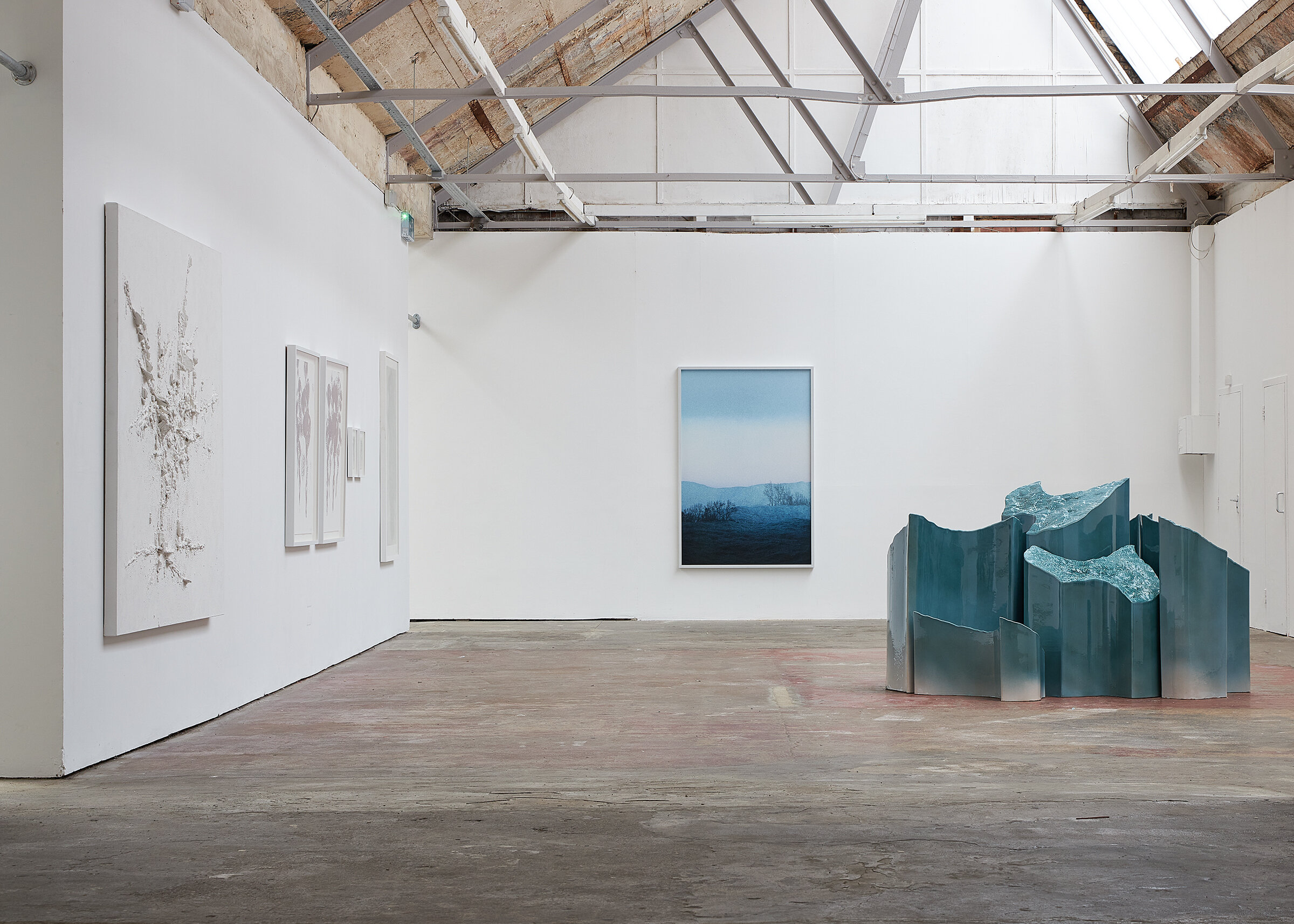

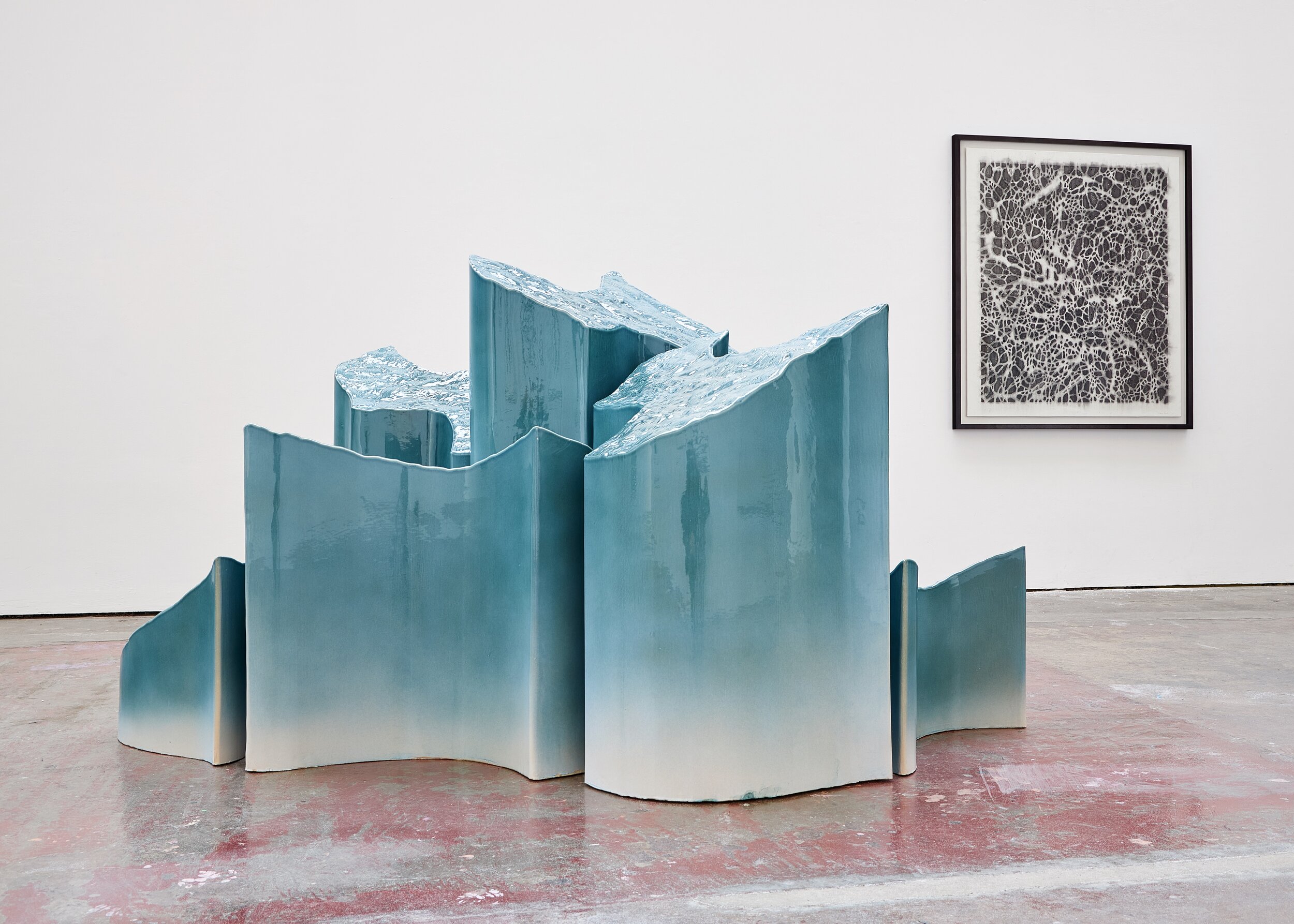
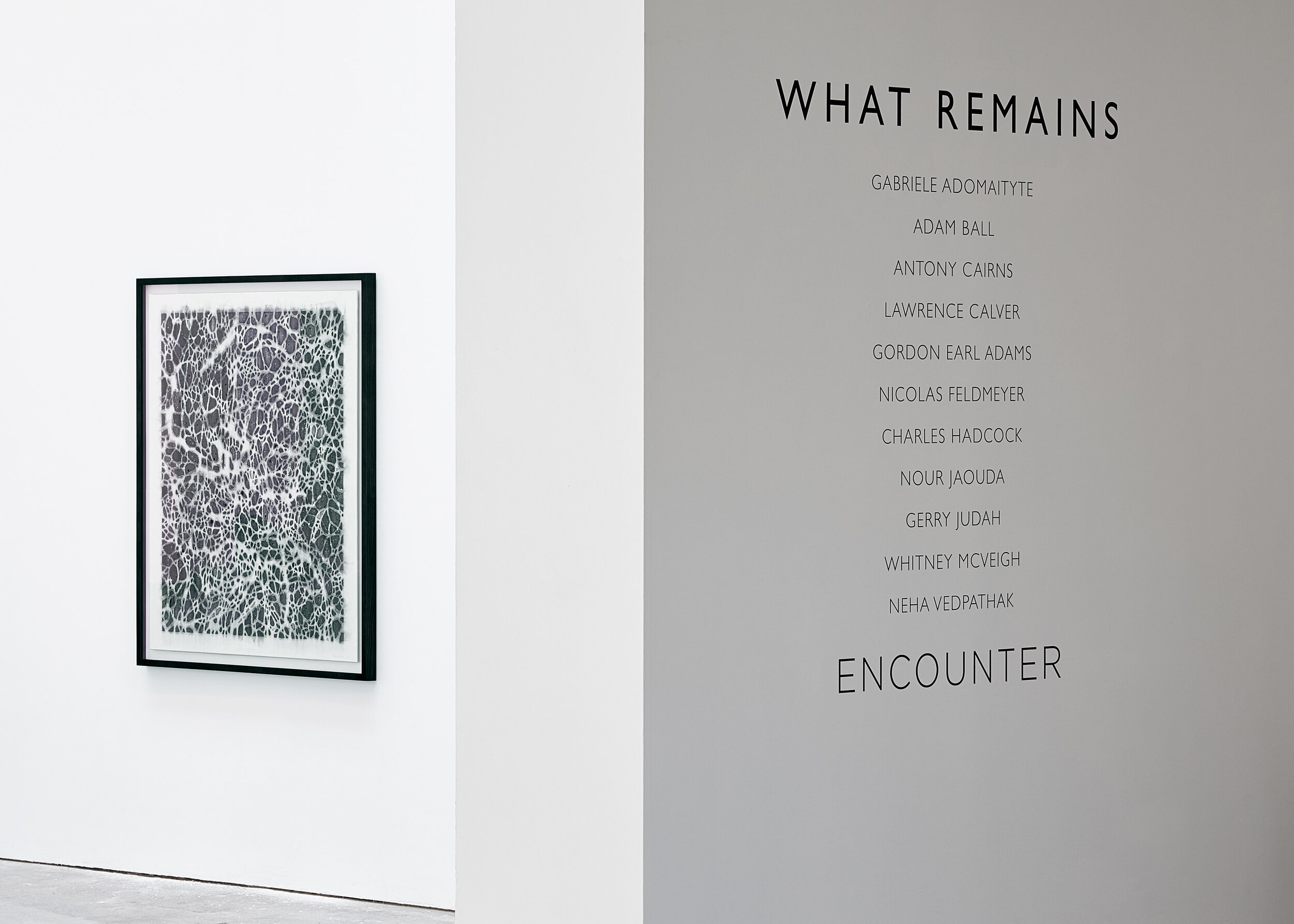
Image credit : Barney Hindle
Gabriele Adomaityte - Adam Ball - Antony Cairns - Lawrence Calver - Gordon Earl Adams - Nicolas Feldmeyer - Charles Hadcock - Nour Jaouda - Gerry Judah -
Whitney McVeigh - Neha Vedpathak
Encounter is pleased to present ‘What Remains’, opening on the 20th June. Appearing at a critical moment for artists and audiences in the wake of the latest Covid-19 lockdown, this exciting curatorial project brings together eleven institutionally acclaimed international artists for the first time.
The exhibition reflects on what remains and what is lost in a rapidly changing, and uneven world. Concerned with contemporary archeology and precarious temporalities, the exhibited artists negotiate the borders between imagination, memory and artistic reproduction from varied cultural standpoints. Imagined futuristic cityscapes hazily hover on retro video screens; rock formations from emptied riverbeds are cast onto fragmentary assemblages of industrial forms; archived collections of found images are intermeshed with digital detritus and transcribed in paint. Navigating a fault line between image formation and deconstruction, accumulation and erasure, the displayed works inhabit an unstable space somewhere between figuration and abstraction. Often crossing boundaries between mediums, the artists engage these issues through complex and innovative material practices.
Exploring the slippage of images through an intriguing process of photographic reproduction, Antony Cairns presents a pair of nighttime cityscapes extending a series of photomontages which previously exhibited at the Stedelijk Museum Breda. Sections from Cairns photographs are individually inkjet printed onto groups of obsolete IBM computer punch cards then re-constituted into arresting visions of the metropolis. Nicolas Feldmeyer and Gabrielė Adomaiytė also investigate a complex layering of analogue and digital. In Feldmeyer’s work, watercolors and graphite sketches are digitally scanned and merged with three dimensional architectural renderings before returning as works on paper. The result is uncanny landscapes which belie the complexity of their production and sit both within a tradition of romanticism and minimal abstraction. Focusing on the moment that historically-significant visual information falls apart and disintegrates, Adomaiytė’s paintings perform the instabilities of personal and collective memory through scanning, erasure and repetition.
An engagement with deep time also runs throughout many of the show’s works. Whitney McVeigh will exhibit important paintings from her ‘Archaeology of Memory’ series, extending an ongoing concern with ‘marking time’ and the images that form psychological maps within us. In works building on a residency at The Nirox Foundation in South Africa, McVeigh channels the imprinted traces of the land and the bodies who once travelled through it. In Gerry Judah’s scarred canvasses, repeated forms often rise to the surface. From one angle, a sculptural painting suggests the branches of a prayer tree carved against the sky; from another it evokes the architectural remnants of an archaic monument. Meanwhile, in Charles Hadcock’s terracotta ‘Idiom’ sculpture, light dances across multifaceted geometric forms which contain textures of fossils painstakingly formed over millennia.
Materials carry complex histories, both visible and concealed. In Nour Jaouda’s evocative textile installation ‘From Dust to Rust’ the stained fabric’s fragile architecture becomes a site from which complex cultural identities can be unraveled, textured and re-routed. Taking another approach, Lawrence Calver extracts and juxtaposes sections of early 19th century screens and clothing, reconstituting them, and the histories they carry, in powerful abstract compositions.
Adam Ball and Neha Vedpathak both explore the echoes of landscapes through the fragile medium of distressed paper. In his monumental charcoal drawing ‘The things I’ve seen’ Ball painstakingly layers, cuts and erodes found images to the point of dissolution. In Vedpathak’s ‘plucked’ Japanese paper works, suggestions of remembered places and moments appear to intuitively emerge within the material’s intricate webs.
What Remains runs until 7th September 2021.
Planning your Visit
Address
Copeland Gallery, 133 Copeland Road, London, SE15 3SN.
Nearest Station: Peckham Rye
Parking: Limited Parking On Site Available on Request
Exhibition Dates & Opening Times
20th May - 7th June 2021
Tuesday - Friday | 2pm - 8pm
Saturday | 12am - 6pm
Sunday | 11am - 2pm
Monday | Closed
If you already know what time you plan to visit please book an appointment so we can manage numbers in the gallery
COVID-19
The gallery is a Covid-19 safe environment and we are complying with all government regulations. Social distancing is in place and visitors are required to wear a facemask. We very much look forward to showing you the exhibition!
Artists
Gabrielė Adomaitytė
Gabrielė Adomaitytė (1994) is a Lithuanian painter who graduated from Sculpture Studies at the Vilnius Academy of Arts in 2017, and is currently living and working in Amsterdam. Adomaitytė was an artist in residence at De Ateliers, Amsterdam from 2017 to 2019. Her work is based on researching painterly representation and its intersection with digitization. Through investigating mnemonic devices, Adomaitytė’s paintings draw on alternative systems for archiving information. By transposing this information into the slower, analogue realm of painting, these collections of imagery function as mental aids or enhancers of cultural memory. Lifting from an encyclopedia of natural history, the data manifests as multi-dimensional figures of painterly actions, colours and shapes that create a rhizome like system of meaning. By constantly questioning the possibilities of painting and the problems of visual representation, the artist investigates information systems and the collision points of the digital and actual matter in various archives.
Recent solo exhibitions include ‘Traversing Discrete Loci’, Annet Gellink Gallery, Amsterdam (2020), ‘Documentary Exactness’, Vartai Gallery, Vilnius (2019). Selected group exhibitions include ‘Titele’, Tilde, Amsterdam (2021), ‘Question Mark’, PARK, Tilburg (2021), ‘Palydos’, Swallow, Vilnius (2020), ‘Faint light feeds the main spring’, Kunstkapel, Amsterdam (2020), ‘What’s Up 2020’, Lawrence Van Hagen, Online (2020), ‘What’s Up : London Minimal | Maximal’, Lawrence Van Hagen, London (2019), ‘Pride & Innocence’, Oosterkerk, Amsterdam (2019), ‘XVII a.’, Autarkija, Vilnius (2019), ‘Offspring 2019: Once a Closely Guarded Secret’, De Ateliers, Amsterdam (2019), ‘DJ Bipolar Magician’, Amsterdamse Bos, Amsterdam (2019), ‘JCDecaux Prize: Dignity’, Contemporary Art Center, Vilnius (2018). Adomaitytė won the Buning Bongers Art Prize in 2020, the largest private art prize in The Netherlands.
Adam Ball
Adam Ball (1977) lives and works in London and has exhibited in important institutions and galleries internationally. Since the public installation of a 10 metre high painting in London’s Golden Square in 2002, important solo exhibitions include: ‘Remnants and Realisation’, Encounter, London (2018) ‘Absolute Zero’, Pharos Arts Foundation, Cyprus (2016), ‘Elemental’, Bait Al Zubair Museum, Oman (2015), ‘The Space Between’, Goss-Michael Foundation, Dallas (2014), ‘Resolution’, Centre of Contemporary Art Bahrain (2013), ‘Echo’, Galerie Laurent Mueller, Paris (2010), ‘In the Beginning’, Shirazu Gallery, London (2012), ‘Taman Negara’, Paul Kasmin Gallery, New York (2009). Selected group exhibitions include ‘RWA168’, Royal West of England Academy, Bristol (2021), ‘Shapes in Clouds’, Encounter, London (2020), ‘Re:Define’, Dallas Contemporary Art Museum, Dallas (2017), ‘Clarks: Rebooted’, Shanghai, Milan, NYC (2015), ‘Salle D’Attende’, Galerie Laurent Mueller, Paris (2015), ‘This is London’, Shizaru Gallery, London (2012), ‘Re:Define’, Goss-Michael Foundation, Dallas (2011), ‘Spectra’, London Newcastle Project Space, London (2010), ‘Taman Negara’, Gagosian Gallery, New York (2009), ‘Jerwood Drawing Prize’, Jerwood Space, London (2008), ‘Encounters’, Brighton Museum (2003), ‘Becks Futures’, Institute of Contemporary Art, London (2000).
Recently five of Ball’s works were sold in the George Michael Collection at Christie’s achieving record results. In 2019 Ball permanently installed ‘Until the day you feel good’, a 3mx16m light box on the outside of new Royal Papworth Hospital, Cambridge in collaboration with architects HOK International and FutureCity. Important public and private collections include Goss Michael Foundation, Bait Al Zubair Museum, Kasmin Collection, Hinduja Collection, Khalili Foundation, Pharos Arts Foundation, British Land.
Antony Cairns
Antony Cairns (1980) lives in London and works across photography, installation and sculpture. Preoccupied with the material process of photography and its intrinsic interplay with technology, at the root of Cairns’ practice is the fusing of advanced means of image reproduction with traditional processes.
Recent solo exhibitions include; ‘CTY_TYO3 TYO4’, Webber, London (2021), ‘TY03TY04’, Akio Nagasawa, Tokyo (2021), ‘CTY-TY03’, Stieglitz 19, Antwerp (2020), ‘Touchstone’, The Photographers Gallery, London (2019), ‘CTY’, Akio Nagasawa, Tokyo (2019), ‘The Tale of Gordon Earl Adams’, Theatre de Verdure, Switzerland (2018), ‘TYO2-LDN4’, Roman Road, London (2017). Selected group exhibitions include ‘What Remains’ Encounter, London (2021), ‘Expired’ Sara Kay Gallery, New York (2019), ‘Artificial Impressions’, Stedelijk Museum Breda (2018), ‘Shape of Light: 100 Years of Photography and Abstract Art’, Tate Modern, London (2018), ‘London Nights’, Museum of London, London (2018), ‘A Matter of Memory: Photography as Object in the Digital Age’, George Eastman Museum, New York (2016), ‘Abstracts’, Copperfield, London (2015), ‘Memory Lab – Photography Challenges History’, Mudam, Luxembourg (2015), ‘Collected Shadows’ Polygon Gallery, Vancouver (2013), ‘ICP Triennial’ International Centre for Photography, New York (2013). In 2015 Cairns won the prestigious Hariban Award. His work can be found in important public and private collections internationally.
Lawrence Calver
Lawrence Calver (1992) completed at BA level in creative direction of fashion at London College of Fashion (2014). Calver’s practice involves the use of an array of textiles and re-purposed domestic fabrics which are exposed to a range of rigorous processes such as bleaching, dyeing, painting and staining, as well as a process of embroidery, stitching and sewing. By working with materials that already have a history – lost in the weave and textures of his creations – Lawrence invites the viewer on an analytical journey. He asks that the audience entertains an idea of a life before the work, a story from manufacture to reclamation that leads to each works individual outcome. Calver regards his role in the work as a director, letting serendipity guide the final piece or perhaps, visual performance of his evanescent cast. Recent exhibitions include ‘What Remains’ Encounter, London (2021 upcoming), ‘Shapes in Clouds’, Encounter, London (2020), ‘Lawrence Calver’, Richeldis Fine Art/Paul Smith, London (2019), ‘Chapter I’, The Biscuit Factory, London, ‘A Level Playing Field’, The Muse Gallery, London (2018), ‘Let Me Know Before You Arrive’, Warbling Collective, London (2018), ‘Art in the City of Tomorrow’, Unfold Space, London (2017), ‘Summer Exhibition’, Royal Academy, London (2016), ‘Lawrence Calver’, Lite Haus Galerie, Berlin (2016). Calver’s works can be found in important private collections internationally.
Nicolas Feldmeyer
Nicolas Feldmeyer (1980) was born in Switzerland and lives and works in London. After completing an MSc in Architecture in Zurich he went on to study Fine Arts at the San Francisco Art Institute on a Fulbright Grant. Feldmeyer received an MFA with distinction from the Slade in 2012. His work has been awarded the Saatchi and Channel 4’s New Sensations First Prize 2012 and the William Coldstream Prize amongst others.
Feldmeyer has regularly exhibited at important galleries and institutions internationally. Recent solo exhibitions include; ‘Fading Light’, Encounter, Online (2020), ‘Beacon’, Hammersmith and Fulham Townhall, London (2018), ‘Towards the Horizon’, Fano Island, Denmark (2016), ‘Lacunae’, Lacuna Project Space, London (2015), ‘Subliminal Spaces’, Maddox Arts, London (2015), ‘Nicolas Feldmeyer’, MC2 Gallery, Milan (2014), ‘Untitled (Crypt)’, Christchurch Spitalfields London (2011). Selected group exhibitions include; ‘Photo London’, Encounter, Online (2020), ‘Shapes in Clouds’, Encounter, London (2020), ‘Everything Must Go’, Assembly Point, London (2019), ‘Photographs’, Sotheby’s, London (2019), ‘Border Lines’, Maddox Arts, London (2019), ‘5 Trillion Times’, China Academy of Art, Hangzhou (2018), ‘Aesthetica Art Prize’, York Art Museum, York (2018), ‘Art of the Postcard’, Handel Street Projects, London (2017), ‘No Lemon, No Melon’ Flowers Gallery, New York (2017), Artist Rooms, Encounter, London (2017), ‘Right Through You’, Koppel Project, London (2017), ‘Perfectionism’, Griffin Gallery, London (2015), ‘Lumen Prize’, New York Institute of Technology, New York (2014), ‘Hacking Spaces’, Bosse and Baum, London (2014), ‘Fresh Faced and Wild Eyed’, The Photographers Gallery, London (2013), ‘Saatchi Gallery and Channel 4 New Sensations’, Victoria House, London (2012). Feldmeyer is a guest lecturer at the AA School of Architecture, The CASS, Metropolitan University, and is Associate Lecturer at Camberwell College, University of the Arts London. His work is included in numerous public and private collections worldwide including The British Museum, UCL Art Museum and British Land.
Charles Hadcock
Charles Hadcock (1965) studied fine art at the Royal College of Art, London (1987-89), specialising in sculpture. Over 30 of Hadcock’s monumental sculptures are on permanent public view throughout the UK and Europe most notably at Brighton Beach, Jubilee Park (Canary Wharf), and Holland Park. Hadcock’s sculptures reflect his interest in geology, engineering and mathematics and are enriched by references to music and poetry. Recent exhibitions include ‘Shapes in Clouds’, Encounter, London (2020), ‘New Sculptures’, Stow Art House, UK (2020), ‘Fusion’, Encounter, London (2016), ‘Elements’, Encounter, London (2014), ‘Charles Hadcock’, Jubilee Park, London (2011). His work has been featured in important institutional exhibitions including, ‘If in Doubt Ask’ Imperial College, London (1999), ’Shape of the Century’, Canary Wharf and Salisbury Cathedral (1999), ‘Bronze: Contemporary British Sculpture’, Holland Park (2000), ‘There is one in all of us’, Attenborough Centre of Visual Arts, University of Sussex (2000), ‘Thinking Big: Concepts for Twenty-First Century British Sculpture’, Peggy Guggenheim Collection, Venice (2002),‘Sesqui’, Lancaster University, Lancaster (2006), ‘Sculpture Promenade’, Fitzwilliam Museum, Cambridge (2009), ‘Abstract & Nature’, Hatfield House (2010). Hadcock repeatedly has been invited to exhibit at Sotheby’s ‘Beyond Limits’ at Chatsworth House (2011, 2016). Both exhibitions resulted in acquisitions by important European and American sculpture parks.
Hadcock’s work is held in the collections of Artemis Investment, Cass Sculpture Foundation, Château Smith Haut Lafitte, Canary Wharf Group PLC, Lancaster University, Clyde and Co., Scottish Widows, Delancey, British Land, Royal Borough of Kensington and Chelsea, Platinum Equity, and St James Homes Ltd. His work is included in prominent private collections throughout the world.
Nour Jaouda
Nour Jaouda (1997) is a Libyan artist who works between Cairo and London. She completed a BA from The Ruskin School of Art Oxford (2018) and is completing a MA at the Royal College of Art (2021). Through painting, textile design and installation art, she explores notions of place and belonging. She is interested in issues of cultural mobility, displacement and the precariousness of cultural identity. Her practice is driven by the tactile process of constructing and de-constructing cultural motifs, found images and historical narratives in order to challenge conventional ideas of identity formation and of otherness. Selected exhibitions include ‘What Remains’, Encounter, London (2021 forthcoming), ‘Deep Cut’, Asylum Chapel, London (2021), ‘PENDING’, San Mei Gallery, London (2020), ‘5 Hours’, 42 Molton Street, London (2020), ‘Thought Threads’, San Mei Gallery, London (2019), ‘Snapshot’, Hockney Gallery, Royal College of Art (2019), ‘Residency’, Townhouse Gallery, Cairo (2019), ‘A Liminal Object’, Numeroventi Residency, Florence (2019), ‘Between the Borderlines’, Emery Prize, Pembroke Art Gallery (2018), ‘Khareetet Al Galabeya’, Dolphin Gallery, Oxford (2018), ‘A Khawajat Complex’, Dolphin Gallery, Oxford (2017), ‘Façade’ St Catherine’s College, Oxford (2017).
Gerry Judah
Gerry Judah (1951) was born in Calcutta and lives and works in London. Judah studied Foundation Art and Design at Barnet College of Art, before completing a BA Fine Art at Goldsmiths College, University of London and Postgraduate Sculpture at the Slade School of Fine Art, University College London. He then set up his studio in Shaftesbury Avenue, in London’s West End and collaborated with the Royal Opera House, English National Opera, Royal Festival Ballet, London Contemporary Dance, Sadler’s Wells Royal Ballet, Royal Shakespeare Company and the Royal National Theatre. Taken with the public nature of this work Judah decided to find settings for his own art in more public arenas than just the rarefied spaces of conventional galleries. He created settings for the BBC, British Museum, Museum of Mankind, Natural History Museum, Imperial War Museum, Museum of Tolerance and musicians including Paul McCartney, Michael Jackson, Robert Plant & Jimmy Page and The Who. Judah was commissioned by the Imperial War Museum in London to create a large model of the selection ramp in Auschwitz-Birkenau for the Holocaust Exhibition opened by Queen Elizabeth II. In 2011, Judah went on to install ‘The Crusader’ at Imperial War Museum, Manchester and in 2014 he exhibited two monumental ‘Great War’ sculptures at St Paul’s Cathedral. He has also created important largescale works for the annual Goodwood Festival of Speed, bridges in London and Cambridge and monumental sculptures for institutions in Texas, New Zealand and the United Arab Emirates.
Important solo exhibitions include ‘Bengal : The Four Elements’, Grizedale Forest Gallery, UK (2020), ‘Bengal’, The High Commission of India, London, (2019), ‘Fragile Lands’, Encounter, London (2015-16), ‘Great War Sculptures’, St Paul’s Cathedral, London (2014), ‘The Crusader’, Imperial War Museum, Manchester (2010), ‘Country’, Fitzroy Gallery, New York (2010), ‘Babylon’, Flowers East Gallery, London (2009), ‘Country’, Wolverhampton Art Gallery, Wolverhampton (2009), ‘Motherlands’, Louis T Blouin Foundation, London (2007), ‘Angels’, British High Commission, Delhi (2007), ‘Angels’, Royal Institute of British Architects, London (2006), ‘Frontiers’, Timber Yard, London (2005). Selected group exhibitions include ‘Shapes in Clouds’, Encounter, London (2020), ‘Inspired by Nature’, Grizedale Forest Gallery, Grizedale (2018), ‘Dead : A Celebration of Mortality’, Saatchi Gallery, London (2015), ‘Tipping Point’, Wolverhampton Art Gallery’, Wolverhampton (2013), ‘Art and Architecture’ Belgravia Gallery, London (2008), ‘Mediteraneo’, Italian Cultural Institute, London (2007), ‘Works from the David Roberts Foundation’, David Roberts Foundation, London (2007).
Judah’s work is held in important public and private collections internationally including; Saatchi Collection, Gibbs Farm Sculpture Park, Imperial War Museum, Museum of Old and New Art, Arts Council Collection, Zabludowicz Collection, Mittal Collection, David Roberts Foundation, Cass Sculpture Foundation, Arts Council Collection, Centre for Arts Tel Aviv, House of Wisdom.
Whitney McVeigh
Whitney McVeigh (born 1968) is an American visual artist, best known for her paintings and installation art. She has travelled extensively to carry out her practice and held residencies in Mexico, India, China and South Africa. Her work investigates personal and collective memory and alludes to the layering of time. Upcoming exhibitions include; Photo London, Somerset House, London (2021) with Encounter. Recent solo exhibitions include; ‘Temporality, Cardi Projects, Cardi Gallery (2020), What is Worthwhile Doing in this World, Mount Stuart Visual Arts, Scotland (2019), Elegy to Nature, Eykyn Maclean, New York (2018), Language of Memory, Summerhall Arts, Edinburgh (2016), Inventory: Invisible Companion, Kettle’s Yard, Cambridge (2015) and presentation of the film ‘Birth’: Origins at the end of life at the Royal Academy, London (2015). Recent group exhibitions include Artist Rooms, Encounter, London (2020), ‘Shapes in Clouds’ Encounter, London (2019),Plato in LA: Contemporary Artists’ Visions, Getty Villa, Los Angeles (2018), Not a Single Story, The Wanas Foundation, Sweden and Nirox Foundation, South Africa (2018), Culture Lines: Sans Frontieres, Metamatic-Taf Foundation, Athens (2016), Unlocking the Diary, The Archiving of Nameless Memories, Folkestone Triennial, Kent (2014) and Glass Stress, White Light/White Heat, 55th Venice Biennale, Venice (2013).
Whitney McVeigh was featured in the BBC4 television documentary, Where is Modern Art Now (2009) alongside Sir Anthony Caro, Michael Landy, Grayson Perry and Cornelia Parker. Simon Schama’s recent essay on McVeigh’s practice ‘The Happenstance of Illumination’(2018) was included in his book Wordy (Simon & Schuster), published in June 2019. Her work was recently included in ‘Imagined Spaces’ edited by Kirsty Gunn & Gail Low with Voyage Out Press & Saraband Books, an anthology that creates a “space” between understanding and the imagination.
Neha Vedpathak
Neha Vedpathak (1982) lives and maintains a studio in Detroit, Michigan. In her widely acclaimed works on Japanese paper Vedpathak employs a ‘plucking’ technique, a rigorous self-invented process to create works that aim to broaden the dialog and understanding of issues related to identity, spirituality, social and gender politics. Vedpathak has been an artist-in-residence at Anderson Ranch Art Center, Fountainhead Residency, Skopelos Foundation for the Arts, Greece, Bharat Bhavan Graphic Studio, India & CAMAC, France. Recent solo exhibitions include; ‘Neha Vedpathak’, Flint Art Museum, Michigan (2021 forthcoming), ‘Surface Rhythms’, Sundaram Tagore Gallery, New York (2020), ‘Into the Woods’, Simone De Sousa Gallery, Detroit (2020), ‘Many Moons, Same Sky’, Simone De Sousa Gallery, Detroit (2019), ‘Of the Land’, N'Namdi Center for Contemporary, Detroit (2018), ‘Bhabha’, The Poetry Foundation, Chicago (2016), ‘The Space Between’, N’Namdi Contemporary, Miami (2013), ‘Neha Vedpathak’, One Prudential Plaza, Chicago (2012). Recent group exhibitions include; Indian Heritage Museum, Lombard (2021 forthcoming), ‘Alterations, Activation, Abstraction’, Sundaram Tagore Gallery, New York (2019), ‘Edition 18’, Simone De Sousa Gallery, Detroit (2018), ‘Art on Paper’, Weatherspoon Art Museum, Greensboro (2017), ‘Transformation’ (performance), Arizona State University Museum, Arizona (2016). Vedpathak’s work can be found in important public and private collections internationally including Detroit Institute of Art, Camac Art Centre, Czech Academy of Sciences, Bharat Bhavan Arts Center, Madhya Pradesh State Art Museum, Anderson Ranch Arts Centre.
